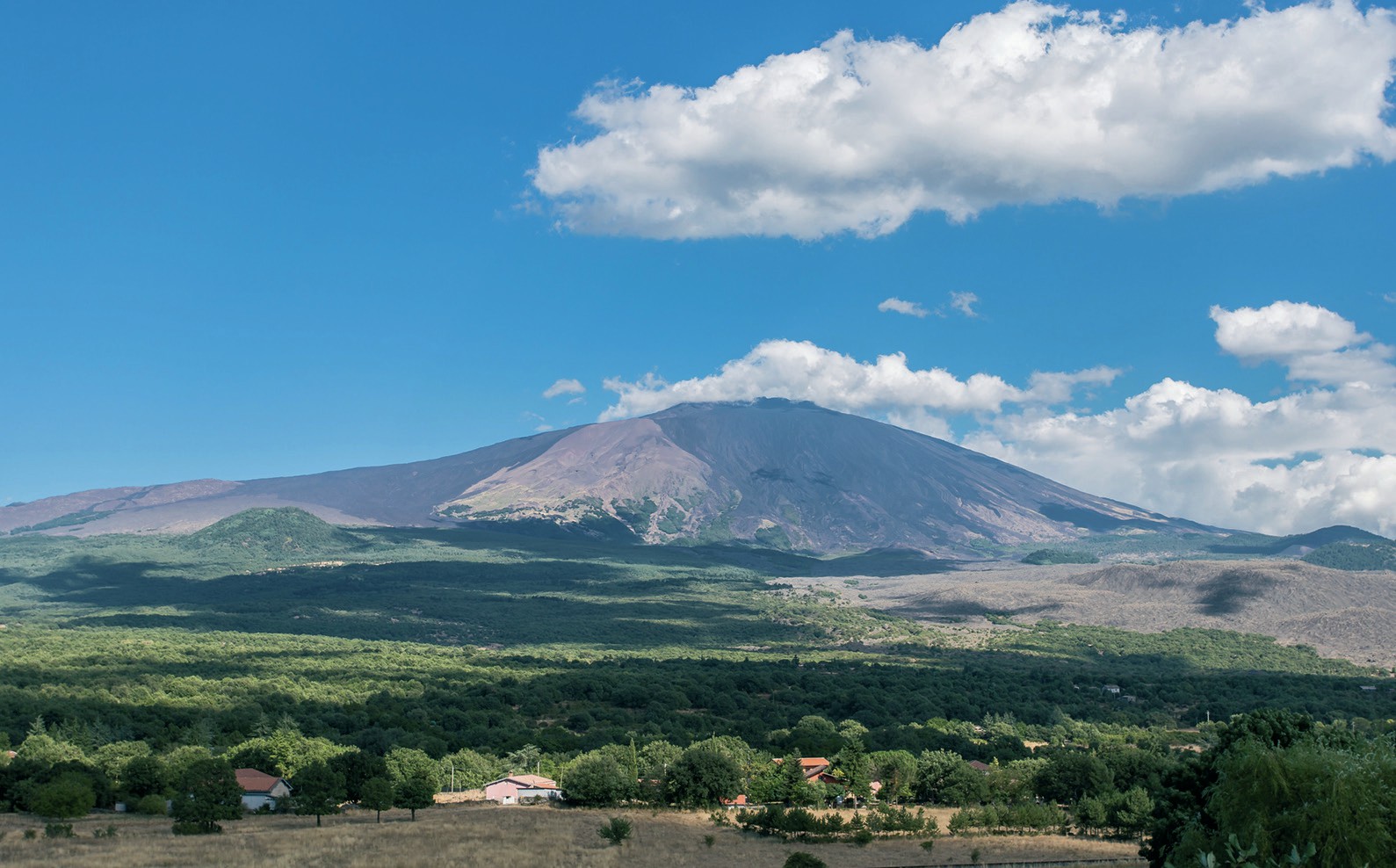
Mt Ontake in Japan (see map on back page) is a volcano that erupted recently, one of those in the ‘ring of fire’ that circles the Pacific Ocean. Some volcanoes are extinct and are never expected to erupt again. Others might be inactive with a likelihood that they will erupt at some future point. And many are active and erupting regularly: there are 30–40 active volcanoes erupting somewhere in the world at any one time and another 100 showing signs of some activity. Mount Ontake was thought to be inactive until it erupted for the first time in many years in October 1979 and again in 2014.
Mount Ontake and the majority of the Earth’s volcanoes are located where tectonic plates meet (see Figure 1). Japan is located where the Pacific, Eurasian and Philippines plates meet and is vulnerable to both volcanic eruptions and earthquakes. At the plate margins pressure builds as the plates move relative to each other, and molten rock known as magma can escape and form volcanoes.
Your organisation does not have access to this article.
Sign up today to give your students the edge they need to achieve their best grades with subject expertise
Subscribe




